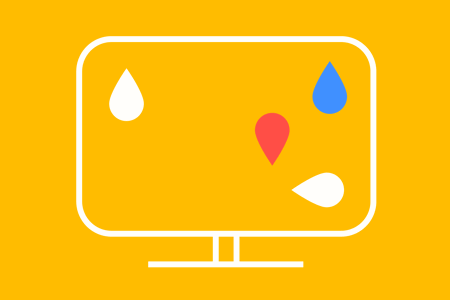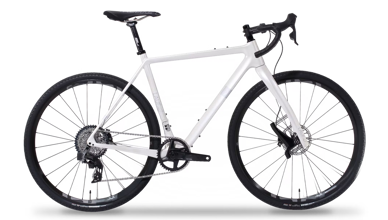
Trademarks
Trademarks are signs capable of distinguishing the goods or services of one business from those of others and will confer an exclusive right to use. Registration is renewed every 10 years.

Designs
Registered designs protect the shape or appearance of products and give owners exclusive rights for up to 25 years.

Patents
Patents protect technical inventions. A granted patent will provide exclusive rights to use of the invention for up to 20 years.
Our services

IP Consultation
Do you need help in the world of IP? Get in touch for some basic guidance.

Collaborative Search
Have you invented something and now want to patent it? Book an appointment with an examination expert to see if your invention is new. This can save you time and money.

Preliminary Search
Do you have an idea for a trademark? Book a search from one of our experts to see if somebody has already registered the same or a similar trademark.

Nordic Patent Institute
NPI offers a wide selection of prior art searches for e.g. inventors, businesses and law firms.
Statistics
63.158
registered trademarks in Iceland
7.431 Icelandic
4.043
applications for trademarks
in 2023
9.599
patents in force in Iceland
91 Icelandic
1.429
registered designs
89 Icelandic



